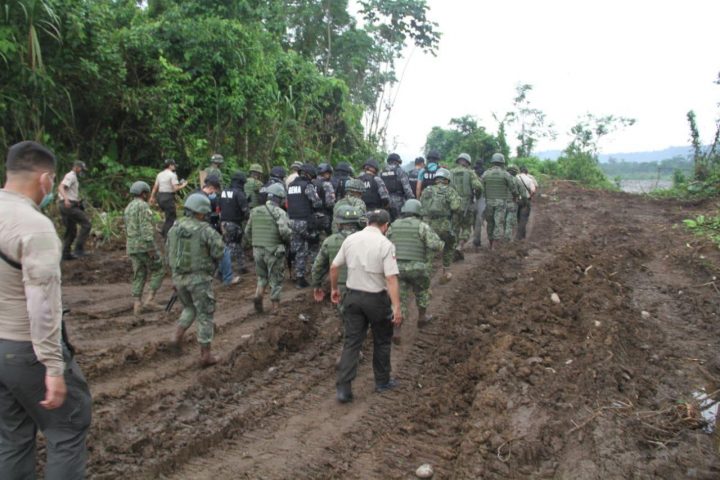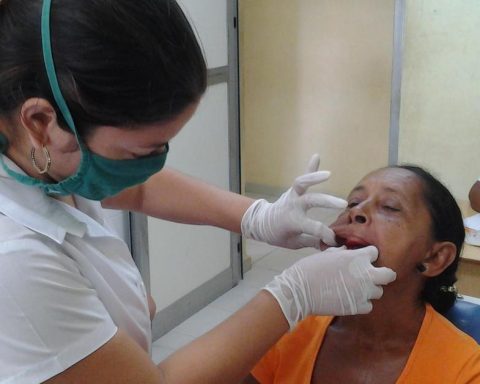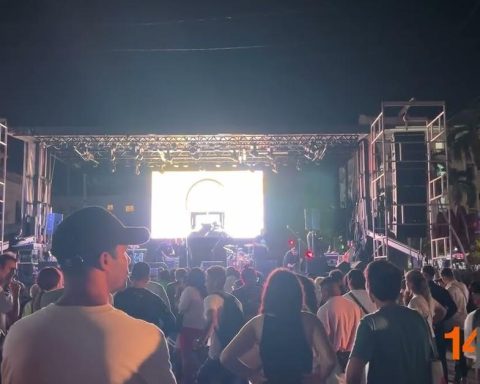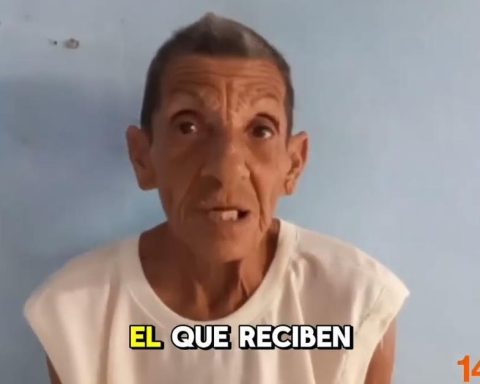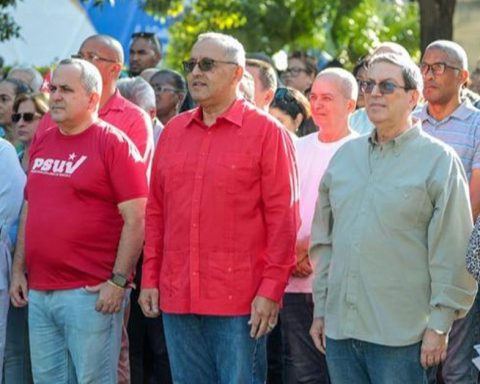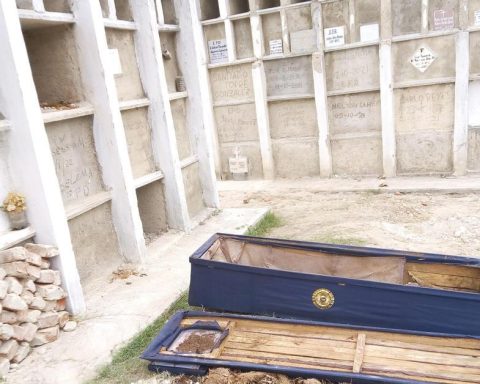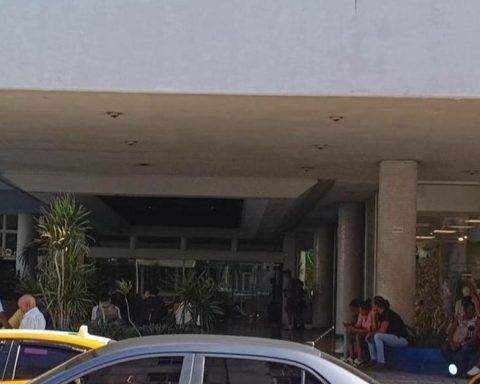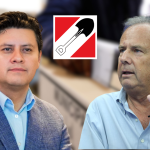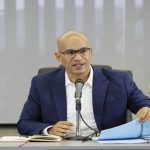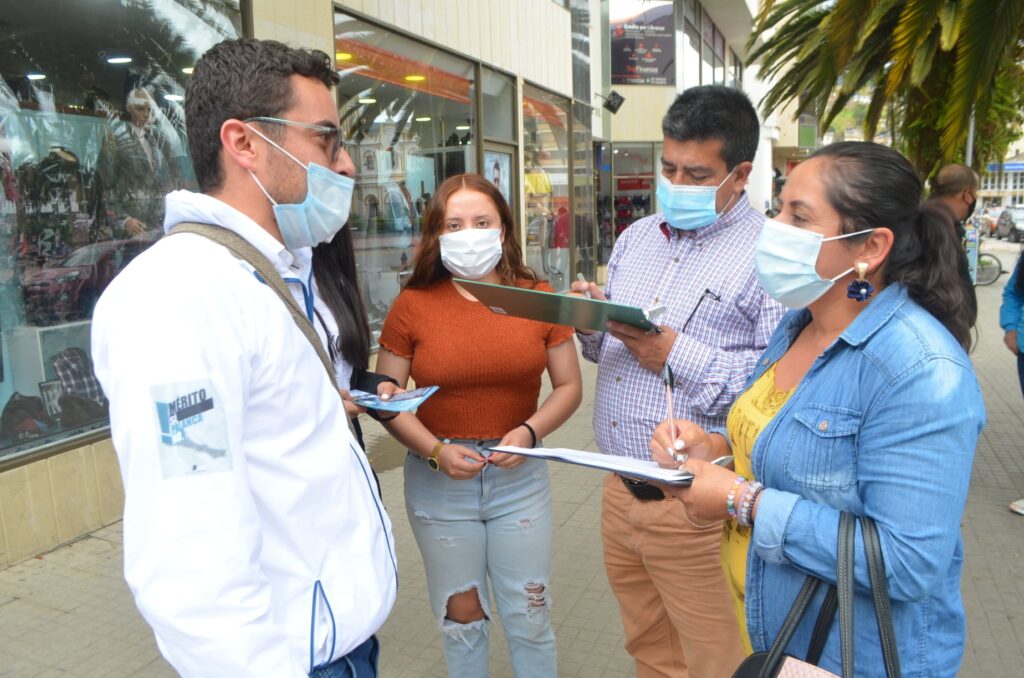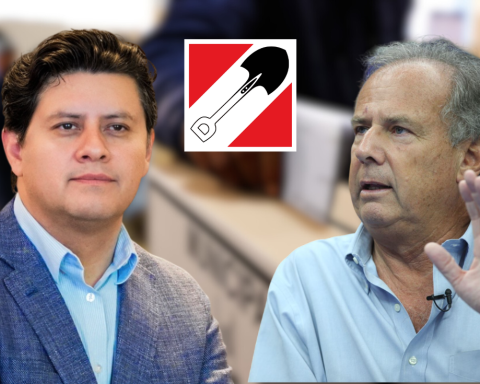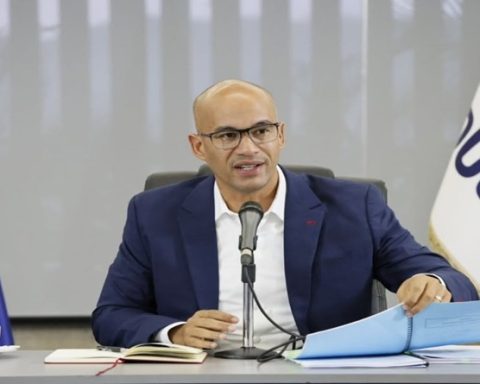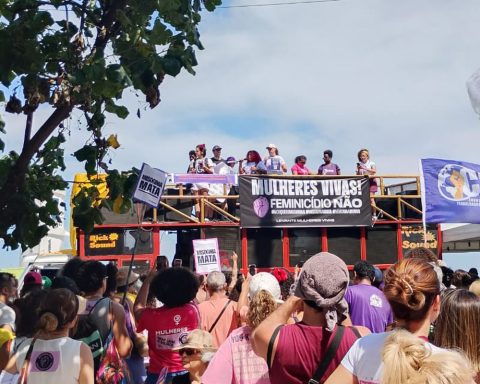The State has 22 mining technicians, but needs at least 100. The control structures are contaminated with informants from the mining mafias.
The mega operation against the illegal minery in the Yutzupino sector, Napo provinceheld last Sunday, February 13, 2022, is just the last great episode in a story where the lack of control and the corruption they are protagonists.
After almost two years of illicit activities in that area, the authorities managed to stop the exploitation financed by mafias Y criminal structuresas recognized by the Minister of Government, Alexandra Vela.
Low number of inspectors
The reasons why the foci of illegal minery flourish and become stronger faster than the state’s response capacity are various.
In the first place, the real capacity of control is minimal. According to information provided by the Energy Regulation and Control Agencythere are currently 22 Mining Technical Specialists, who in theory should carry out inspections throughout the country.
However, Fernando Benalcázar, former Minister of miningexplained that of that total, around 60% is concentrated in Zaruma, and now in Napo, which means that there are between five and six technicians left for the rest.
The former official recalled that in July 2020 all the control agencies on electricity, hydrocarbons and mining issues were merged into one. From that date it was promised that the mining inspections that, at least, they need 100 technicians.
However, the lack of resources in the State has not allowed the necessary investments to be made.
Lack of budget helps illegality
The Energy Regulation and Control Agency recognized that there is no budget of its own for the control of the illegal minerywhich leaves the authorities in an economic inferiority compared to the mafias.
Minister Vela pointed out, during a press conference on February 15, 2022, that in the illicit exploitation intervened in Napo, the miners were paid $43 per gram at the mouth of the river, but then the large criminal structures sold the gold for at least 50 times more.
This reality makes the financial muscle of the illegal minery exceed the capabilities of the state.
Corruption makes business easier
Franklin Soria, a journalist and researcher on mining issues, commented that the corruption starts from the same authorities of mining controlspecifically in the middle management of the former Mining Control Agency (Arcom) and in the zonal coordination.
“The authorities of control and make an accounting of the wealth of those linked to the former Arcom and the zonal coordinators. There are long-standing bureaucrats who know all the tricks to deliver information to the mafias, ”she pointed out.
In short, the modus operandi is that certain officials, with privileged information, help the illegal miners to establish the points where you can make good profits with the exploitation. These activities are covered up by delaying reports and alerts until the impact is impossible to cover up. Then it goes to another location, and so on.
Thus, in addition to the lack of budget and personnel, there is an entire structure co-opted by the mafias behind the illicit exploitation.
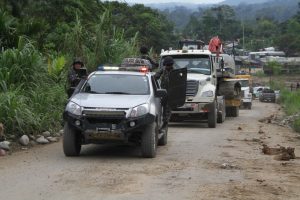
The circle closes with impunity
Benalcázar stressed that the Mining Law and the Comprehensive Organic Penal Code (COIP) clearly establish the sanctions and typification of crimes, but in practice, in the best of cases, the middle managers of the camps and the miners.
For example, in the case of Buenos Aires, despite being arrested with all the evidence, in court the sentences were substantially lowered on the grounds that the illegal activities they were of a smaller scale, for subsistence and of an artisanal level.
So, despite the fact that the law establishes between five and seven years in prison, at most it is sentenced for four or five months, after an abbreviated process.
“None of the big shots ever falls, and that shows that there is a great flaw in the judicial system,” said Benalcázar.
Justice is slow on this issue
For his part, Soria added that only in the provincial prosecutor’s office of Napo there are dozens of complaints that are not processed.
Likewise, General Alain Luna, after the mega operation in that Amazonian province, assured that it is “difficult and even disappointing to see the attitude of some judicial authorities who hide so as not to give authorization to enter those places or prevent the seizure of machinery. ”. (JS)
The main sources of illegal mining currently registered are Alto Nangaritza, Paquisha, Nuevo Quito, Zurmi, Sectors Chinapintza and Pachicutza (Zamora Chinchipe); Yutzupino, Carlos Julio Arosemena Tola, Jatunyacu (Napo); El Tiink, San Luis, San Marcos, Ashao, San José de Piunts (Morona Santiago); San José, El Placer, Tobar Donoso, Selva Alegre, San José de Cachavi, Commune Río Santiago Cayapas, June 5 (Esmeraldas); Molleturo Parish, Río Blanco Project (Azuay); Buenos Aires (Imbabura).
Political ties under investigation
During an interview on Democracia Exa FM, Fernando Villavicencio, president of the Assembly’s Supervisory Commission, stressed that he is investigating the political ties behind cases of illegal mining such as the last one registered in Napo.
The legislator said that there is evidence that the Governor of that province alerted the illegal miners about the operation that was being prepared. In addition, he assured that, according to a confidential report in the hands of the Government, several of the backhoes and machinery used in the exploitation are owned by municipalities such as Tena, Archidona and Mena Tola.
Likewise, he denounced that political sectors in the Assembly, commanded by Correismo and members of Pachakutik, did not give way to a joint investigation between the Biodiversity and Control Commission.
“The same mafia groups that operated in San Lorenzo, Zaruma and Buenos Aires are now in Napo,” he said.
Hasta establecer el real alcance de la minería ilegal en Napo, el Ministerio de Energía ordenó el cese de todas las actividades en el sector, incluidas las formales
